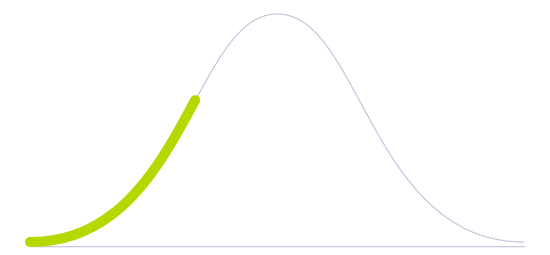Metaverse

Technology Life Cycle
Marked by a rapid increase in technology adoption and market expansion. Innovations are refined, production costs decrease, and the technology gains widespread acceptance and use.

Technology Readiness Level (TRL)
Prototype is fully demonstrated in operational environment.

Technology Diffusion
Embrace new technologies soon after Innovators. They often have significant influence within their social circles and help validate the practicality of innovations.

The metaverse is a term used to describe a hypothetical future iteration of the internet that would provide users with a fully immersive and interactive experience. It is envisioned as a shared virtual space where users can interact with each other through sophisticated avatars in real-time, using a convergence of technologies such as virtual and augmented reality, artificial intelligence, blockchain, and more.
The metaverse is expected to provide several benefits, including enhanced social interaction, improved collaboration, and increased creativity. For example, people could use the metaverse to attend virtual concerts, go on virtual shopping sprees, attend virtual conferences, and even conduct virtual business meetings. Additionally, it could provide a platform for new forms of entertainment, such as virtual sports and games, and a new medium for learning and training.
Several challenges need to be overcome to make the metaverse a reality, including the development of technologies that can handle the vast amounts of data required for real-time interactions, the creation of user-friendly interfaces, and the establishment of standards for interoperability and security. Additionally, there are concerns about the potential for the metaverse to exacerbate existing social and economic inequalities, worsen technology addiction and fatigue, as well as the potential for it to be used for malicious purposes, such as surveillance and even greater power concentration in the hands of big technology corporations.
Future Perspectives
The metaverse experience is expected to be highly immersive, with complex and realistic simulated inputs almost impossible to distinguish from the physical world. It could house human minds, purely digital beings, and visiting humans alike. At some point, it could be possible for a user to be permanently connected and inhabit this digital universe at all times, leaving the living-breathing body attached to a life-support system or detaching forever from the physical body and uploading their mind. Uploading one's mind permanently into a metaverse could be a way to avoid death or at least to perpetuate life while the physical body is deceased. First adopters for this feature could include people with severe disabilities.
The possibility of permanently inhabiting such an environment comes with several risks. A metaverse would still largely depend on private companies and servers to function, which means that all experiences and lives appended to this system would need to follow the terms and conditions set by these companies. Besides being susceptible to any privacy breach, digital beings could become homeless or even die, for instance, if the company hosting their world in a metaverse decides to discontinue its services.
Image generated by Envisioning using Midjourney